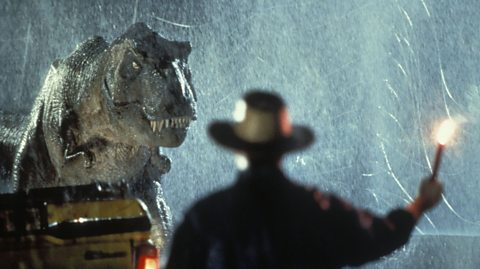More films have been made about World War Two than any other war in history.
From classics like The Dam Busters (1955) and The Great Escape (1963) to modern blockbusters such as Enemy At The Gates (2001) and Dunkirk (2017) audiences have been exposed to almost every facet of WW2 on the big screen.
But youÔÇÖd be unwise to believe everything these movies present as the truth. Sometimes films about the war are seriously misleading, even when theyÔÇÖre billed as being ÔÇÿbased on a true storyÔÇÖ.
Here are six mistakes you can spot in WW2 movies.
The Americans didnÔÇÖt capture the first German Navy Enigma machine (U-571, 2000)
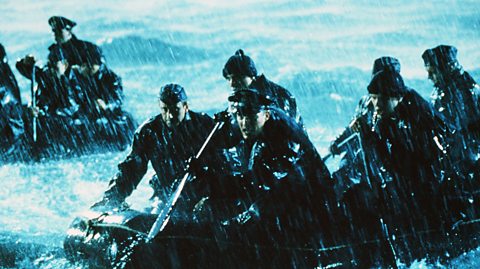
U-571, starring Matthew McConaughey and Harvey Keitel, tells the story of an American submarine crew who embark on a daring mission to hunt down a German submarine and board it in order to steal an Enigma code machine.
A thrilling story, to be sure. ThereÔÇÖs only one problem. In real life the first German Navy Enigma machine was captured by the British in 1941, months before the Americans even entered the war. Some British MPs were so offended by the misrepresentation that they asked questions in Parliament about the film. Then Prime Minister Tony Blair said of the British sailors who were involved in the real mission, ÔÇ£We hope that people realise these are people that, in many cases, sacrificed their lives in order that this country remained free.ÔÇØ
American airmen couldnÔÇÖt join Eagle Squadron (Pearl Harbour, 2001)
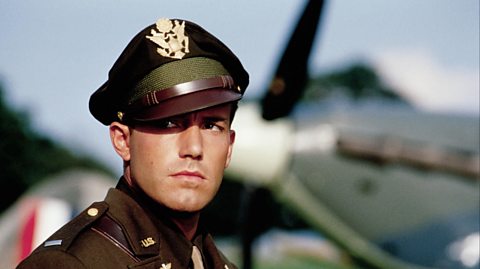
Action director Michael BayÔÇÖs Pearl Harbour received plenty of bad reviews when it was released in 2001, though that didnÔÇÖt seem to affect its box-office performance - it made $450 million worldwide. Many critics took issue with its cheesy dialogue and implausible plot.
But on top of that, there were factual inaccuracies as well. One of the most glaring is that in the film Ben AffleckÔÇÖs character, an American Air Force pilot, joins one of the the RAFÔÇÖs Eagle Squadrons, and fights alongside the British.
In reality Eagle Squadrons were formed of American pilots, but they were volunteers who werenÔÇÖt already members of the US military. Since America had yet to enter the war active servicemen couldnÔÇÖt join and so AffleckÔÇÖs character would have been ineligible.
Churchill didn't chat with Londoners on the Underground (Darkest Hour, 2017)
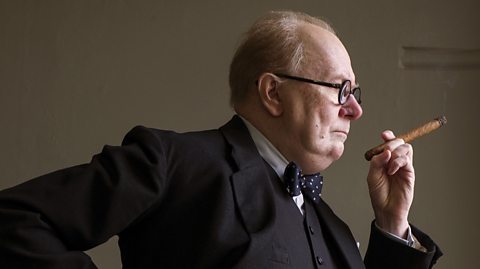
Gary OldmanÔÇÖs portrayal of Winston Churchill in 2017ÔÇÖs Darkest Hour was a triumph for the actor, with critics and audiences amazed at the accuracy with which Oldman captured ChurchillÔÇÖs character and mannerisms. It earned him both an Oscar and a BAFTA award for best actor.
Less realistic, however were some of the scenes in the film. In one memorable sequence Churchill is seen mingling with ordinary Londoners on the tube, asking their opinions about what he should do about HitlerÔÇÖs aggression in Europe. Not only did it never happen, according to historian Antony Beevor, Churchill never once set foot in the underground in his entire life.
This might be a slight over-exaggeration, as historian John Charmley talks about Churchill using the Tube in the 1920s, albeit being completely perplexed by it. However one thing that we can be sure of is that he didn't travel on it looking to crowdsource government policy while he was Prime Minister.
The beaches of Dunkirk werenÔÇÖt that clean (Dunkirk, 2017)

When Christopher Nolan planned his wartime drama Dunkirk he decided to use as little CGI as possible, in order to add to the realism of the movie.
But the result might be one of the filmÔÇÖs most striking errors. Historical pictures of the beaches during and after the evacuation of May/June 1940 show them completely littered with abandoned vehicles and equipment, the result of almost 400,000 people being evacuated in just over a week. Yet in NolanÔÇÖs movie they are often strangely pristine.
The American Army didnÔÇÖt order bodyguards to kill its own Native American code-talkers (Windtalkers, 2002)
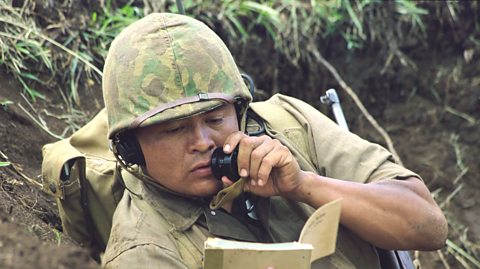
During WW2, between 300 and 400 Native Americans were recruited by the American military to act as code talkers. They used their native languages to transmit messages in codes that were almost impossible for the enemy to break.
John WooÔÇÖs 2002 film Windtalkers tells the story of the Navajo code-talkers who were active in the Marine Corps. In it each is assigned a bodyguard who is secretly instructed to kill their charge if it seems they might fall into enemy hands.
In fact the bodyguardÔÇÖs job was purely to protect the code-talker, and to prevent them being misidentified as Japanese.
The Red Army didnÔÇÖt have mass executions of its own men (Enemy At The Gates, 2001)

The Eastern Front is one that is often ignored in movie representations of WW2, so it was heartening for many that Enemy At The Gates finally gave the war in Russia some big screen time.
But that didnÔÇÖt stop historians pointing out many of its inaccuracies. The film tells the supposedly true story of a famous Russian sniper Vasily Zaytsev (Jude Law) who embarks on a duel with a German sniper (played by Ed Harris) which, the film implies, changed the course of the Battle of Stalingrad.
Historians have pointed out that the Battle Of Stalingrad involved over a million soldiers, its outcome didnÔÇÖt hinge on ZaytsevÔÇÖs actions, and that the duel was, according to many, pure fiction based on Soviet wartime propaganda anyway.
Another howler is that the Red Army is depicted using ÔÇÿblocking detachmentsÔÇÖ to machine gun their own retreating soldiers. In reality while these detachments were sometimes used, they mainly rounded up deserting soldiers and sent them back to the front.
Six blockbuster films that got history wrong
From Bohemian Rhapsody to Titanic, movie-makers have been very creative with historical timelines.
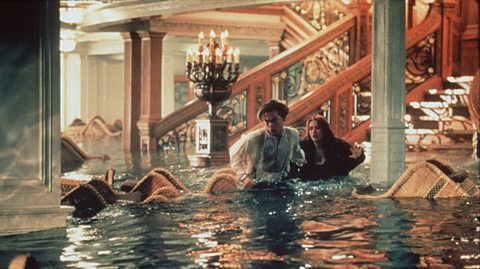
Six secrets of movie posters
Find out how movie posters are designed to encourage us to buy a ticket.
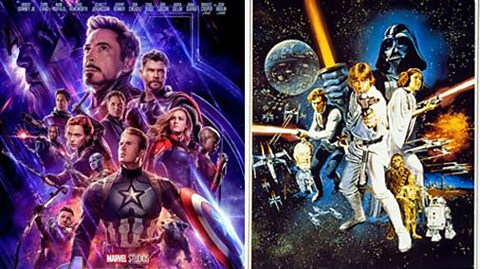
Five movies that got technology wrong
Hacking, Earth-saving viruses and enhanced images - these are Hollywood's most epic tech-fails.
